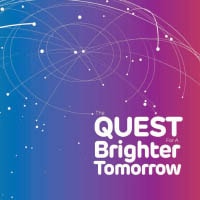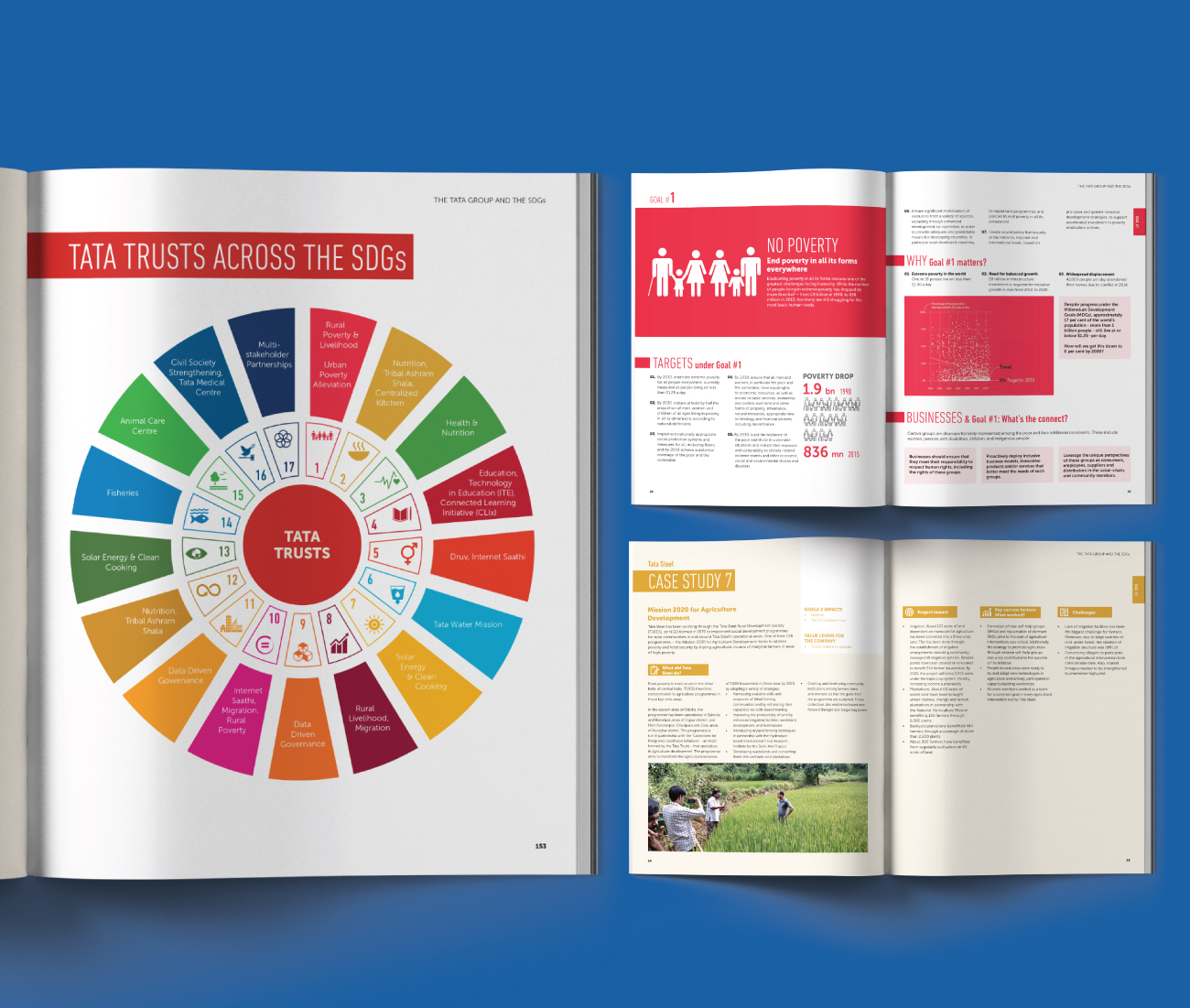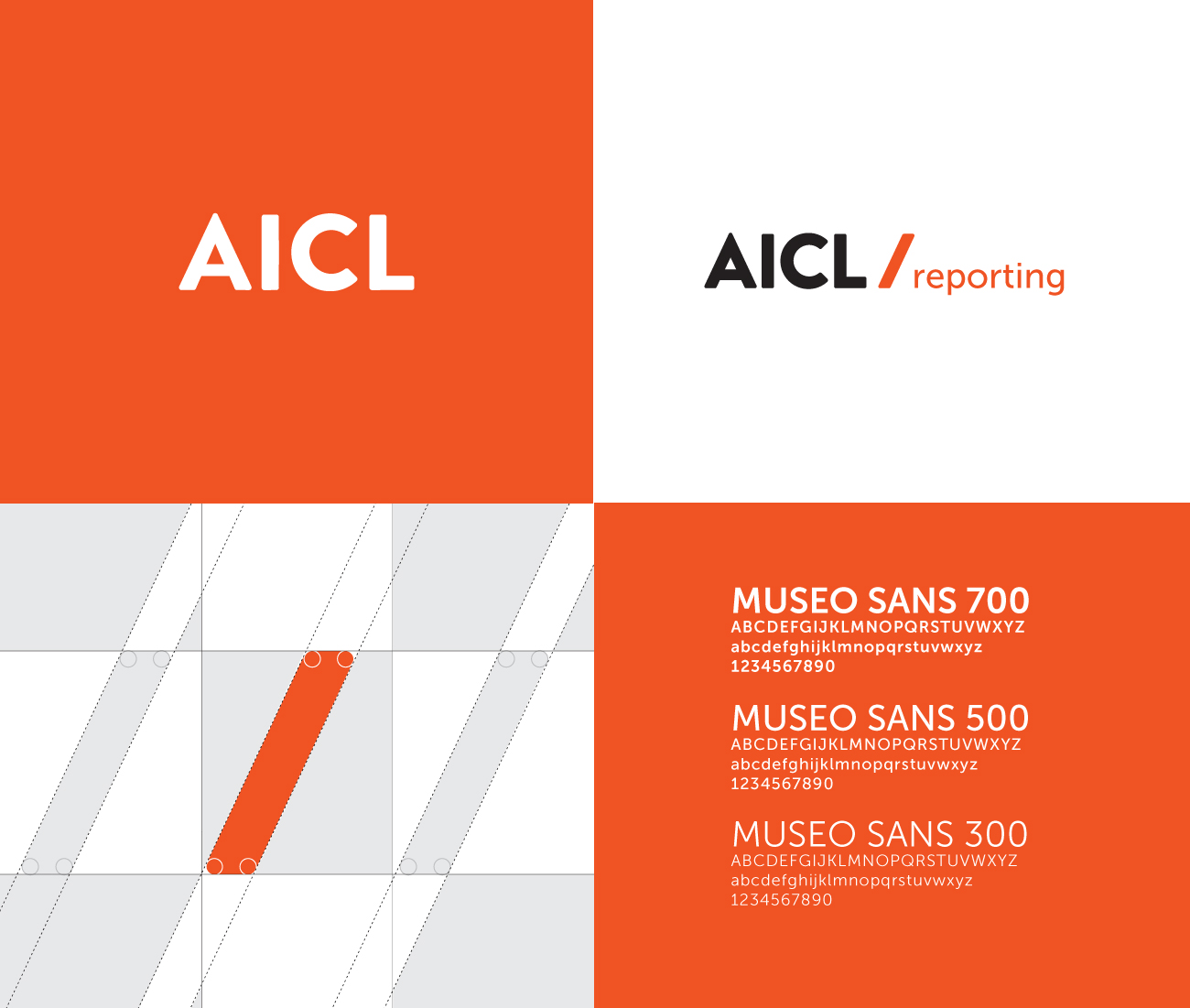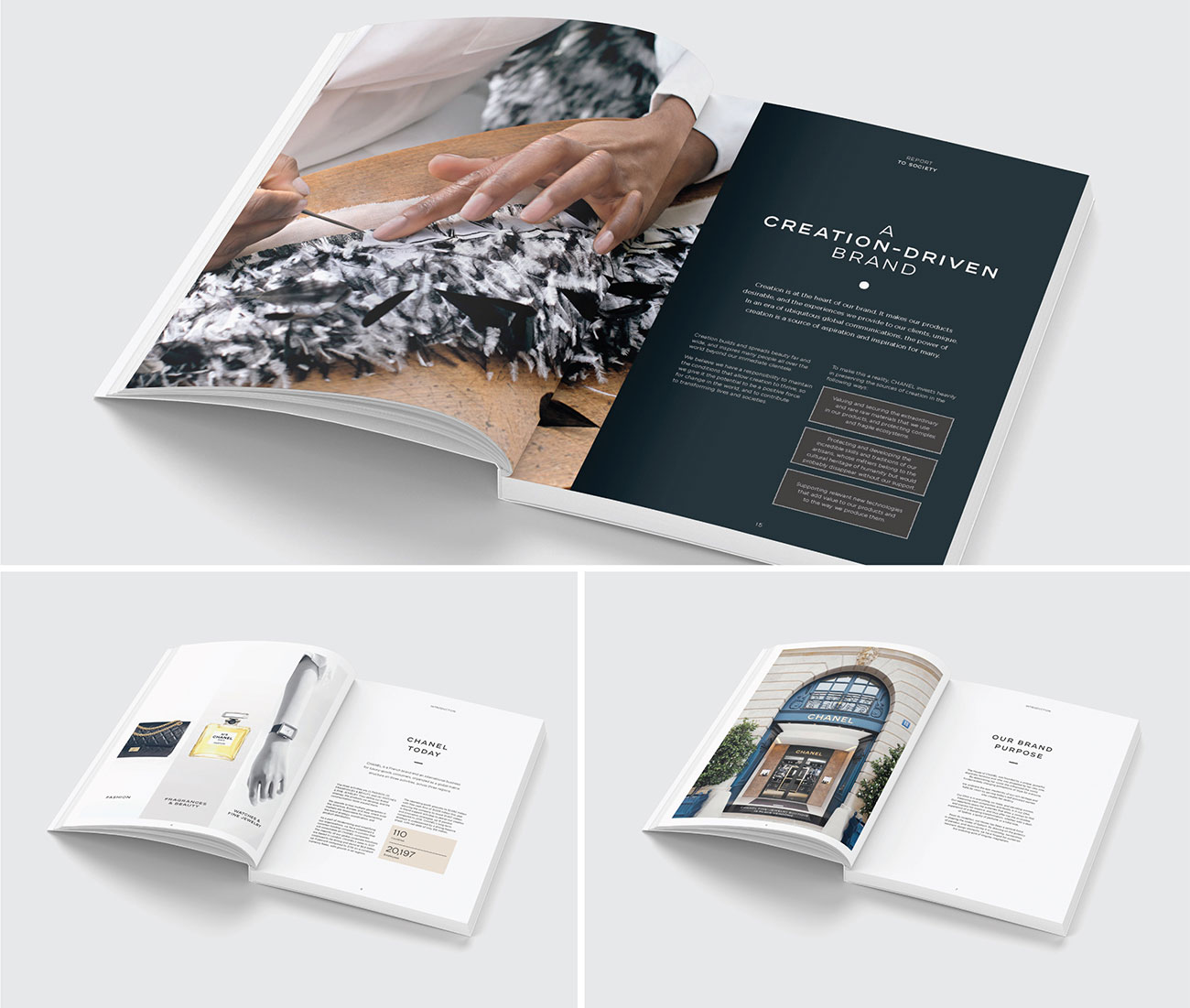This article first appeared in Kyoorius Magazine
Annual Reports: Are your numbers really talking?
It’s that time of the year again. When companies put together a comprehensive account of their activities and financial performance of the preceding year in a document that you know as the Annual Report. Conventional wisdom would tell you that Annual Reports are, by definition, boring reams of figures, pie charts, bar graphs and the occasional false corporate bravado put together in an ungainly document.
Not true if you were looking at the work of, say, Bill Cahan or VSA Partners or Addison or Black Sun or Epigram or Samata Mason or any of the other award-winning agencies which have produced category-defining work in this area.
Google Bill Cahan, and you begin to get an idea of the impact that the San Fransisco-based graphic designer had on the industry’s expectation of what an Annual Report could be transformed into.
Among some of the more well-known stories that have become a part of popular lore is the one where Cahan’s firm created a report for Coulter Pharmaceutical featuring a black and white photograph of a woman with the title – “June 22. I was supposed to die today.” Inside the report, were stories about patients who were helped by one of Coulter’s cancer treatment drug. The story goes that the company’s lawyers, worried that the idea was too radical, tried to convince the management to drop it. Cahan reportedly called up the company chief executive late in the night and convinced him to stay with the original idea.
That anecdote aside, Cahan’s firm does not do annual reports anymore. In an email conversation with Kyoorius, Cahan says it’s been four years since his firm worked on one. At their peak, they did 25 to 30 reports in a year.
Explaining why he moved away from the Annual Reports business, Cahan says, “For me, it was a perfect storm for the annual report business — the dot-com implosion, 9/11, Sarbanes Oxley, the driving need for financial transparency and fiscal reform, and of course the emergence of the internet being the primary vehicle for how people garnered information — suddenly printed annual reports had far less relevance. You could go to the company’s investor relations website and get up to the minute information, so printing an expensive annual report didn’t make as much sense for companies to invest in.”
Cahan says it was also a time when clients were nervous to produce anything that wasn’t watered down and adds, “Companies wanted to produce generic work to offset years of hype that got companies into trouble in the first place. I found that uninspiring, as I believed the annual report was still relevant as a strategic document, employee recruitment vehicle and public relations and media piece — but printing one no longer is seen as prudent — that is why we stopped producing them years ago, and moved more deeply into the branding space, as we were doing strategic work with the C suite and this seemed like a natural progression for us.”
Annual Reports: Consistency is key
And that’s why consistency is key. The annual report has to be consistent in its messaging with all the other communication tools that a brand employs. A well-known Annual Report design agency in the U.S. is Curran & Connors and this is what one of its spokespersons had to say, “If one of your goals is to instill confidence in your company within the investment community, one of the best ways to do this is to send a message that is consistent with what you have been saying in your other communications. The confidence in your strategy and message, when repeated in different platforms, will ease the minds of investors and reflect a
well-run company.”
So what does an Annual Report really say about its company? Does it reflect the dynamism, the innovation and the complex forces that come together seamlessly to create a successful business? Or does it mumble apologetically in a thick volume full of unfathomable information? Or worse, whisper incoherently in a barely-legible point size that hopefully, no one will bother to decipher? The Atlanta-based Critt Graham Group’s spokesperson makes a good point when he says that the most important question the Annual Report needs to answer is one of impact.
He adds, “The question your company’s stakeholders ask when presented with a piece of investor communications, whether online or off, is “How does this affect me?”
While approaching a typical brief, what are the basic questions that a design firm needs to ask? Responds Cahan, “Every client has different needs and concerns, of course — but fundamentally, I was always interested in why anyone would care about the company and how that company could make a difference in people’s lives… I often found that the C suite would talk about their company in a way that was too granular and inward focused, and naturally assumed investors to both understand and care about their company —but this was never the case. Why that can be a problem is when a company is performing poorly, you want investors to stick with the company — especially large institutional investors. If they completely understand the strategic imperatives of the company, understand where the company is headed and clearly has a plan on how to execute on that plan — and if that can be conveyed in a compelling way that makes people not only care about the company but truly understand it — that builds loyalty, especially in hard times.”
He adds, “So the kind of questions that I asked were backward-focused, from the viewpoint of the end user — be it the shareholder, consumer, employee, media etc — any touch point the company had I wanted to understand from the end user point of view how they would perceive the company — once I got that information, I tackled it from the other end — wanting to know how management viewed each line of
business etc.”
A long-term investor Vinay Somani, whose family has been involved with many industries and philanthropic activities, says he doesn’t “look at visual aspects for a good report — I look at clarity. I would like to see more data in an Annual Report by which one can understand the company better.”
But that thinking belies the understanding that good design isn’t about pretty looking typefaces and good presentation but about its ability to help investors navigate through the data and help in driving better clarity about a company’s annual performance.
Mudar Patherya, founder of one of India’s dedicated annual report consultancies — Trisys couldn’t agree more, and adds, “The annual report — considering that it is mandatory — is probably the only document that can provide a certain picture of a company’s body language. A badly designed annual report signals a sloppy company; a well-designed report does the reverse. It must be remembered that design does not stand by itself; it needs to complement the roles of research and writing to enhance corporate image.”
Patherya, in fact, dislikes the term ‘annual report design’ and insists that one must refer to the practice as ‘annual report research, writing and design’ as the former does not do justice to the specialised knowledge and skill required in this space. Trisys says they have an ingenious template for annual reports. Patherya explains, “(It) is not a readymade answer to client needs. It is a probable landscape for what a client might need. So we need to pick and choose from the template and customise it to client needs.”
Vinay Somani’s contention is that many annual reports are not clear about what goods or services the company makes/offers. “What are the products, who are the buyers, what are the implications of the company’s products — these should be clearly stated,” he added.
With the financial crisis of three years ago and the ensuing erosion of faith in financial institutions globally, the biggest casualty has been the credibility of corporate balance sheets.
In such a scenario, a spokesperson for Black Sun, one of Europe’s leading specialist corporate reporting consultancies, says good design can help answer the most crucial question required of an Annual Report, which is ‘why would someone want to invest in this organisation?’ He elaborates, “In the wake of the banking crisis, global recession and a raft of corporate scandals that preceded these events, the trust and confidence of investors is more important than ever. The Annual Report is still the only document which provides stakeholders with the full story about what a company stands for, what it is trying to achieve and how it will achieve its goals. The role of good design cannot be underestimated, particularly as poor presentation can make it look as if a company has something to hide. Clear, accessible story-telling will engender faith and confidence in a company and its future.”
Change is in the air
Change is clearly in the air and it’s an indication of where the market is likely to be headed. In today’s digital landscape, companies want to engage with investors and demonstrate a sense of community online. That and regulatory rules that deem it necessary for companies to post such important corporate information on their websites, has created a significant shift of the annual report into the online domain.
P&G launched their 2010 Annual Report online with embedded video content. The videos demonstrated, through personal, household scenes captured from markets as diverse as New Delhi and San Francisco, how P&G had touched their lives. The objective was to narrate the multinational’s purpose-inspired growth strategy to serve more consumers in more parts of the world better. The upside is a credible, human face to
the multinational.
WPP’s 2010 online Annual Report similarly has its wordy Annual Report as a drop-down menu on its website alongside its chief executive Sir Martin Sorrell’s video address elaborating on the company’s performance in the past year.
As Internet penetration increases in India, a possible solution to environmental impact could very well rest on the possibility of Annual Reports going digital in the future.
Giving a western world perspective, a spokesperson for US-based Addison says, “The print annual report is no longer the primary means by which investors research potential investment opportunities. The Internet has changed that permanently. The print report is now one part of a larger investor relations communications program, which should include print, web, mobile applications, and SEO and support systems.”
Black Sun calls this shift to a more digital orientated delivery platform for the Annual Report “somewhat inevitable given the current growth of the internet, social media and online communications.”
And closer home, a spokesperson for local agency Atherstone clarifies that “A recent SEBI order makes it mandatory for all listed companies to maintain an updated corporate website with all relevant investor information, including an annual report. Moreover, the Ministry of Company Affairs has recently issued a circular notifying a ‘green initiative’ that allows companies to send documents to shareholders (including the annual report) as an email attachment. We feel that in about three years, the print volumes of annual reports (presently running into millions for some companies) will come down by approximately 70 percent as a result of such steps. At present, most companies are using a PDF version of the print edition for electronic transmission. Gradually, however, the focus will shift to a more interactive, immersive version. It is important to note that the digitised edition will not be at the cost of the print report. On the contrary, both will complement each other to create a holistic framework of transparency, ease of information accessibility and an ‘anytime-anywhere’ information ecosystem.”
The key change driver is engagement. A spokesperson for U.S based Addison says, “Whether you’re communicating with investors, customers, employees or other key audiences, engaging and motivating them is your goal… A major role of the modern annual report is to convey not only financial information but (also) the intangibles that can add value and foster a positive perception. Design is the best way to convey
these intangibles.”
A good example of engagement between the corporate and its investor is Addison’s report for Neenah Paper in 2009, which also won the highest honour — Best of Show at the International ARC Awards.
Speaking the same language
Using the annual report as an intelligent branding vehicle has long been considered a trend more popular in Europe and the United States, with several prestigious awards shows hosted annually for the best ones. Black Sun consents, “There are undoubtedly regional variances in reporting which have developed as a result of: the legal and regulatory environment, culture, economic development and the nature of the corporate environment within a particular region.”
A look at Annual Reports from around the world sprung up some really exceptional examples from every corner – Germany to Brazil; Croatia to Singapore.
Croatian creative agency Bruketa & Žinić have designed an annual report for food company Podravka that has to be baked in an oven before it can be read. Called Well Done, the report features blank pages printed with thermo-reactive ink that, after being wrapped in foil and cooked for 25 minutes, reveal text and images.
Changing the dialogue
Finally, although warily, Indian corporates are beginning to follow in the footsteps of our western counterparts with a growing awareness for the need to speak beyond the numbers and redefine the dialogue they share with stakeholders through that yearly opportunity called an Annual Report.
With corporates giving more voice nowadays to their Annual Reports, it’s no surprise that over the last decade several specialised agencies have emerged in India. Agencies that, unlike their counterparts in advertising, are dedicated to providing not just design but also research, content and several other specialised services.
Closer home, there are a number of local agencies that have been working in this field for a while now. One of these is Atherstone Investor Communications (AICL), which has worked for clients like — Monsanto, Zee, J&K Bank, Responsive. There is also Trysis, Brand Harvest and Prism Research and Communications to name a few.
The spokesperson for Atherstone asserts that Indian companies are gradually becoming more receptive to the concept of changing their Annual Reports. He adds, “All companies across the size spectrum are looking at refurbishing and modernising their shareholder communication. In larger companies too, the realisation is evident, though the complexity levels are far higher and the number of internal filters far larger. As a consequence, the transition is more gradual, and never radical, evident over a period of time. & It is important to pitch the idea at the right level, and handhold the process through a well-defined
value proposition.”
A spokesperson for Cairn India explains what makes the report so crucial as a form of stakeholder communication, when he says, “A good annual report is a must for contemporary organisations. Especially in sectors like extractive industry including energy like oil and gas, it is a critical communication tool to reach out to various stakeholder groups, a defining document, which is updated every year and provides a holistic outlook on the organisation’s strategy over and above the business update. It is a unique mix of identity and outlook that makes an annual report a powerhouse document. We invest a lot of time in conceptualising and designing the report, making sure that shareholders get a clear picture of the year gone by and also try and bring in a novelty in terms of themes (right balance of present and future outlook) and design. We also make sure that a lot of technical concepts e.g. if we want to explain the working of the Cairn pipeline, we conceptualise simplified graphical representations for the same.”
Annual Reports: Keeping it special
The challenge behind putting together an Annual Report, contrary to belief, goes beyond endless numbers. It is a time-bound document shrouded by legalities that cannot be taken in stride. Moreover, these agencies need to be aware of the corporate world and have a fair understanding of business rather than hide behind a curtain of creativity.
The Atherstone spokesperson compares the difference between annual report design and other design disciplines (e.g. brochures, or other print communications) to “the difference between a cosmetic surgeon and a beautician. An annual report is a complex product, requiring a specialised consulting service. Generic, off-the-shelf, or non-comprehensive solutions do not do justice to the complexity of an annual report or to the multiple layers at which it communicates. Strategy and messaging quality, complemented by finely nuanced content are critical ingredients. Being a statutory product, there are many regulatory aspects that consultancies/ agencies need to be aware of.”
Big budget or big talk?
Even as the Annual Report is evolving in India, continuously altering perceptions about its role, design and content, a common debate revolves around the issue of cost, namely, that a remarkable report is possible only with an extensive budget.
The spokesperson for Black Sun responds, “Many of our clients would argue that in difficult times communication is more important than during boom years and therefore it is one area where they would continue to invest while also ensuring that the service they receive represents value for money without compromising on quality.”
The spokesperson for Addison opines, “Those companies choosing to limit communication budgets will find themselves needing to catch up to those maintaining active programs in coming months.”
Says Atherstone’s spokesperson, “At AICL, we believe that a good annual report is not necessarily an expensive annual report… An annual report should be judged more by the quality of information and efficiency in addressing the aspirations and concerns of shareholders/investors, and less on the use of paper, exotic print effects, and a general misplaced impetus on a higher number of pages. At the same time, the annual report shouldn’t give the impression that the company can’t even afford a decent report to its owners. Thus, a balance has to be struck between the two extremes.”
The size factor: Small to mid-cap firms
Perhaps the pressure to produce a report that will make them the talking point lies more on mid-caps and small-caps. Investors are generally aware of and have more trust in larger companies already. Besides, when shareholder numbers run into millions, the big fish have to consider the cost factor.
Patherya says, “Everybody needs a good annual report. But having said that, it might be relevant to add that small caps and mid-caps often need to enhance investor respect and mobilise funds to finance their growth.
A well-communicated document can facilitate that process. I say this deliberately because few companies treat an annual report as a matter of pride because that would be the right thing to do anyway.”
An eco-friendly debate: A paperless world?
With hundreds and thousands of copies of annual reports being churned out every year by companies, the next hot topic of conversation is the issue of environmental impact. It’s a predicament that both corporates and agencies are well aware of and they tackle it appropriately.
While the spokesperson for Cairn says, “Right from the concept to the paper, we try and make the process as environment-friendly as possible.”
The spokesperson from Atherstone feels the problem is a relative one and adds, “We do advocate the use of thinner paper, smaller dimensions, and keeping the report to an optimal number of pages as a measure of both economy and resource conservation. However, annual reports as a category consume far less paper than, say, newspaper printing, and therefore, we feel the environmental impact of annual reports is overstated.”
Number talk
It’s evident that the Annual Report is, at long last, coming into its own. Even as India basks in a newfound attention from the rest of the world, with capital market activity at its peak, the time has never been better for Indian corporates to use their Annual Reports as a tool to sell their company, as much as a print ad sells
their product.
Given that the world’s largest democracy must have a million companies out there, waiting to transform the stale banter they’ve been exchanging with their shareholders, the scope for the Annual Report industry is quite promising. This is an opportunity not just for design agencies that are now dedicating their talent towards producing world class reports, but also, and more importantly, for the domestic corporate world.
No longer is the obligatory statutory document a one-sided spiel of numbers and facts but rather, a tête-à-tête between the company and its investors.
Perhaps Design Army — a Washington D.C. based agency — sums it up best with the quip that they create ‘Annual Rapport’ — An outlook that is fast spreading in the Indian context as well. And before we know it, there’ll be no more whispers, mutterings and murmurings. The numbers will clear their throats and pitch unapologetically from the rooftops.
Click here to download the article.




















